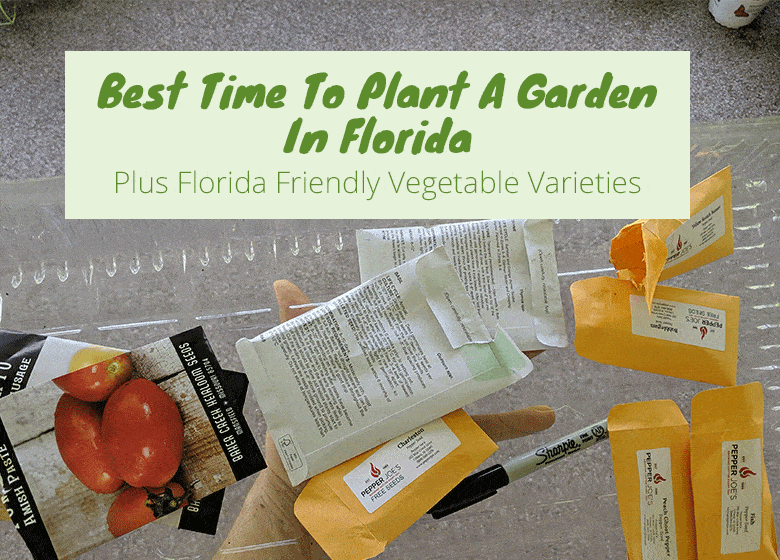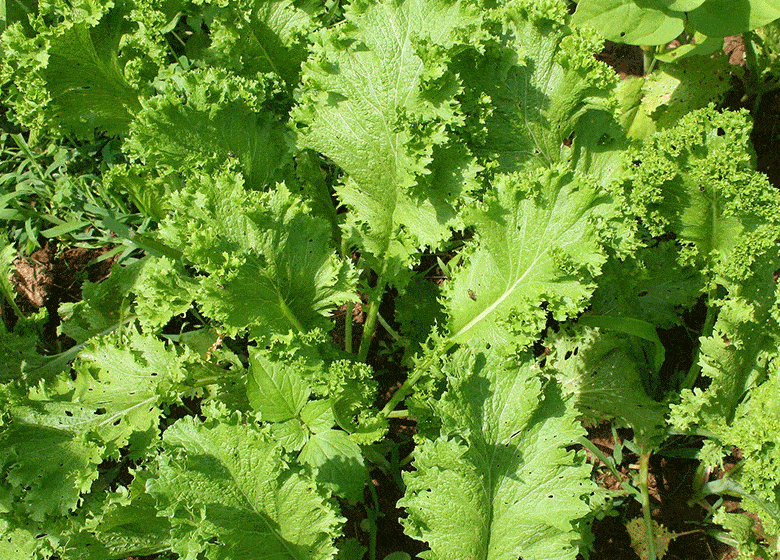
How easy is it to grow mustard greens in Florida?
Many Florida gardeners claim that this may be the easiest vegetable that there is to grow. Florida Broadleaf and Southern Giant Curl are the best two varieties to grow. In southern and central Florida you can plant September through January. In north Florida plant August through February.
There are some other varieties that will grow well in Florida as well. In warmer weather, mustard greens will bolt. Mustard isn’t overly picky about soil. Read on get some more advice on how to grow mustard greens in Florida.
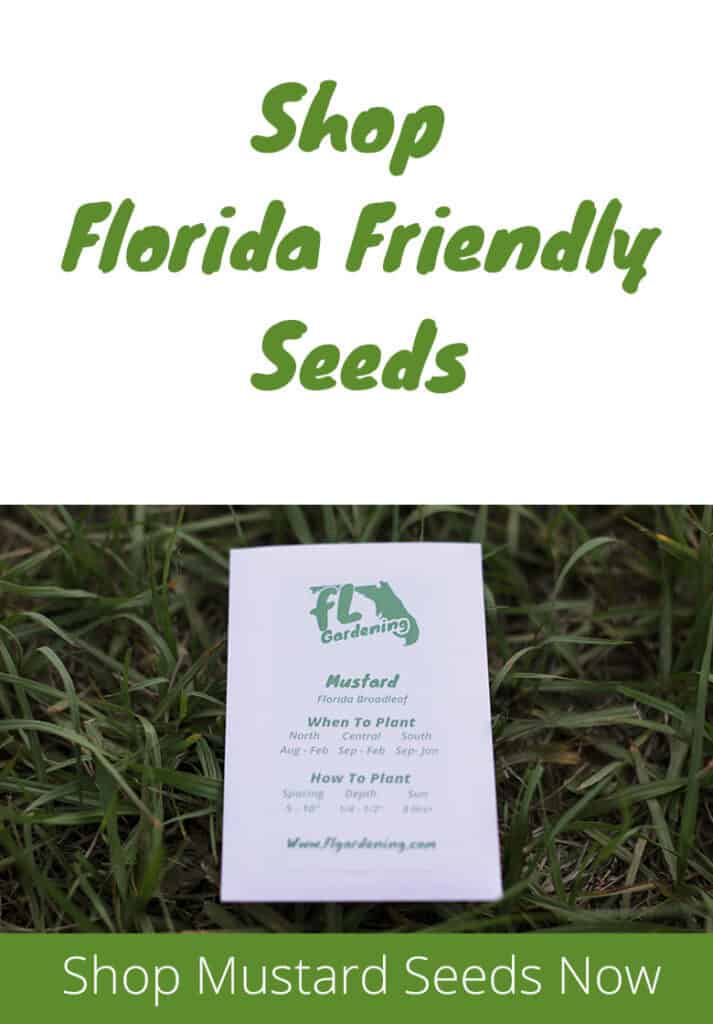
When To Plant Mustard Greens In Florida
The best time to plant mustard greens in Florida is during our fall season. This will change slightly depending on what part of the state you are living in.
| North Florida | Aug – Feb |
| Central Florida | Sep – Jan |
| South Florida | Sep – Jan |
These dates are just guidelines, they may alter slightly from year to year. You will have to use your best judgment.
When it comes to planting you want to give your greens a long enough stretch of weather that will not be overly hot or overly cold. Our fall time and early springtime are ideal.
If you try to grow mustard greens in late spring and summer, your plants will begin to ‘bolt’. This simply means that your plants will start producing seeds and no the leaves will no longer taste good.
What Variety Of Mustard Greens Grow Well In Florida
I mentioned the two most popular varieties of Mustard greens (Florida Broadleaf and Southern Giant Curl) above, but there are a few more varieties that will grow well here and some of them are pretty decorative.
- Florida Broadleaf
- Garnet Giant
- Giant Red
- Green Wave Curled
- Mizuna
- Southern Giant
- Tendergreen
Garnet Giant is a large growing mustard and it has leaves that turn from green at the base to a rich purple. Mizuna is often referred to as Japanese mustard greens and is a smaller growing plant. Green wave laves have nice ruffled edges to the leaves.
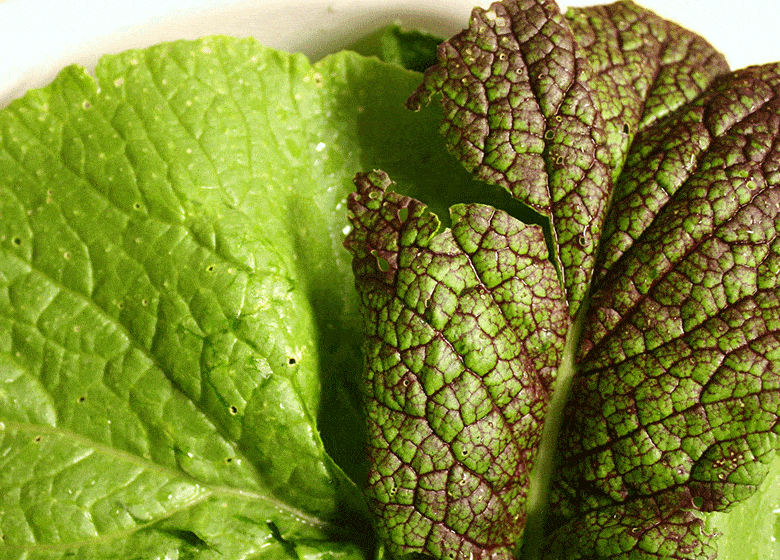
While Florida broadleaf and southern giant curled are easy to grow staples there are some more exotic varieties to choose from.
Planting and Caring For Mustard Greens
Mustard greens don’t really care too much about soil. As long as you choose a spot with plenty of sunlight (the more the better) and you stay on top of watering. If these two criteria are met, then you shouldn’t have a problem growing them.
However, I always recommend enriching your soil with compost and a nice thick layer of mulch. These two things will go a long way in the garden. Compost adds organic matter and nutrients while the mulch helps your soil to retain moisture and grow.
It’s easy to directly plant mustard sees right into your garden or container. When planting seeds, plant them about a knuckle or so deep and give each plant about a foot of space all the way around. This should be enough room for them to spread their leaves.
I think it’s a good idea to plant more seeds than you will need and thin the weak ones as they pop up. This puts the odds in your favor.
When planting mustard greens I also think it’s a good idea to space out your planting. Start a small row of seeds on the first week on Septemeber and then plant another small row in the third week of September. Do this as many times as you have the space for and this will ensure that you have a steady supply of fresh greens to pick.
Fertilizing Mustard Greens
Mustard greens are grown primarily for their green leaves. Since this is our main focus we should be fertilizing with something that is high in nitrogen.
Nitrogen helps plants produce more green, leafy growth.
I like to use water-soluble fertilizer like liquid kelp. I add it to a pump sprayer and use that water to spray all over my plants and water the soil with it.
Harvesting Mustard Greens
Mustard greens are ready to harvest in 40-50 days after planting. Pick the lowest leaves on the plant when they reach about 6 inches in length.
If left on the plant for too long the leaves will begin to get tough. It’s best to pick them at the ideal time. If a small cold front rolls through the state you will probably notice better-tasting mustard greens. A light frost improves the flavor.
Common Pests And Diseases Of Mustard Greens
Mustard greens are relatively carefree but they may be attacked by certain caterpillars that also attack other plants in the cabbage family.
Cabbage worms, as some people call them are usually bright green but kind of hard to spot at first. Armyworms may also attack your plant. They have two stripes going down their back and can be brown, yellowish and black.
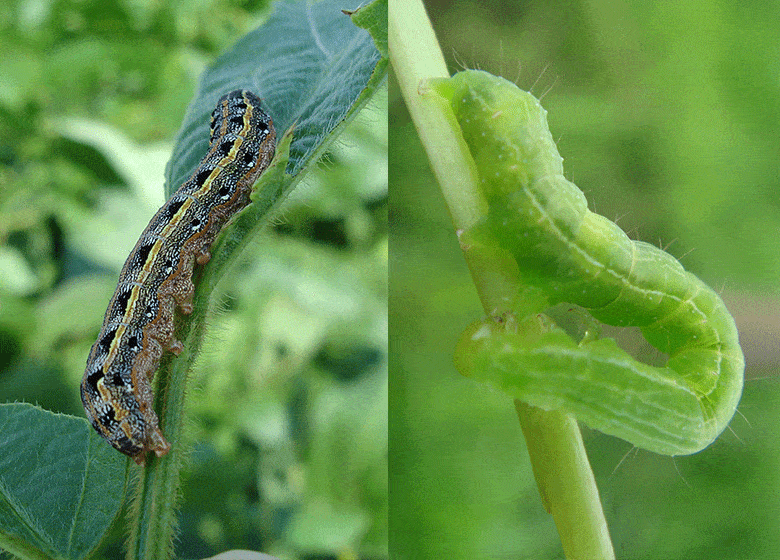
The best way to handle pests in the first place is to plant a diverse garden with plenty of plants that attract beneficial insects to your garden.
Sometimes chemical control is necessary. B.t. also called Thuricide (Check price) is the best thing that you can get to deal with caterpillars in the garden. This stuff will knock them out in no time. The caterpillar just has to eat some of the leaves that have been sprayed with it.
Growing Mustard Greens In Florida
- Mustard greens are easy to grow in Florida
- Plant staple varieties Florida Broadleaf and southern Giant Curled
- The best time to plant is in the Fall as the weather gets cooler
- Plant in full sun and water regularly
- Give each plant at least a foot of space all the way around
- Fertilize with nitrogen focused fertilizer
- Harvest the lowest leaves on the plant when they are 6 inches long
You Might Also Be Wonder
